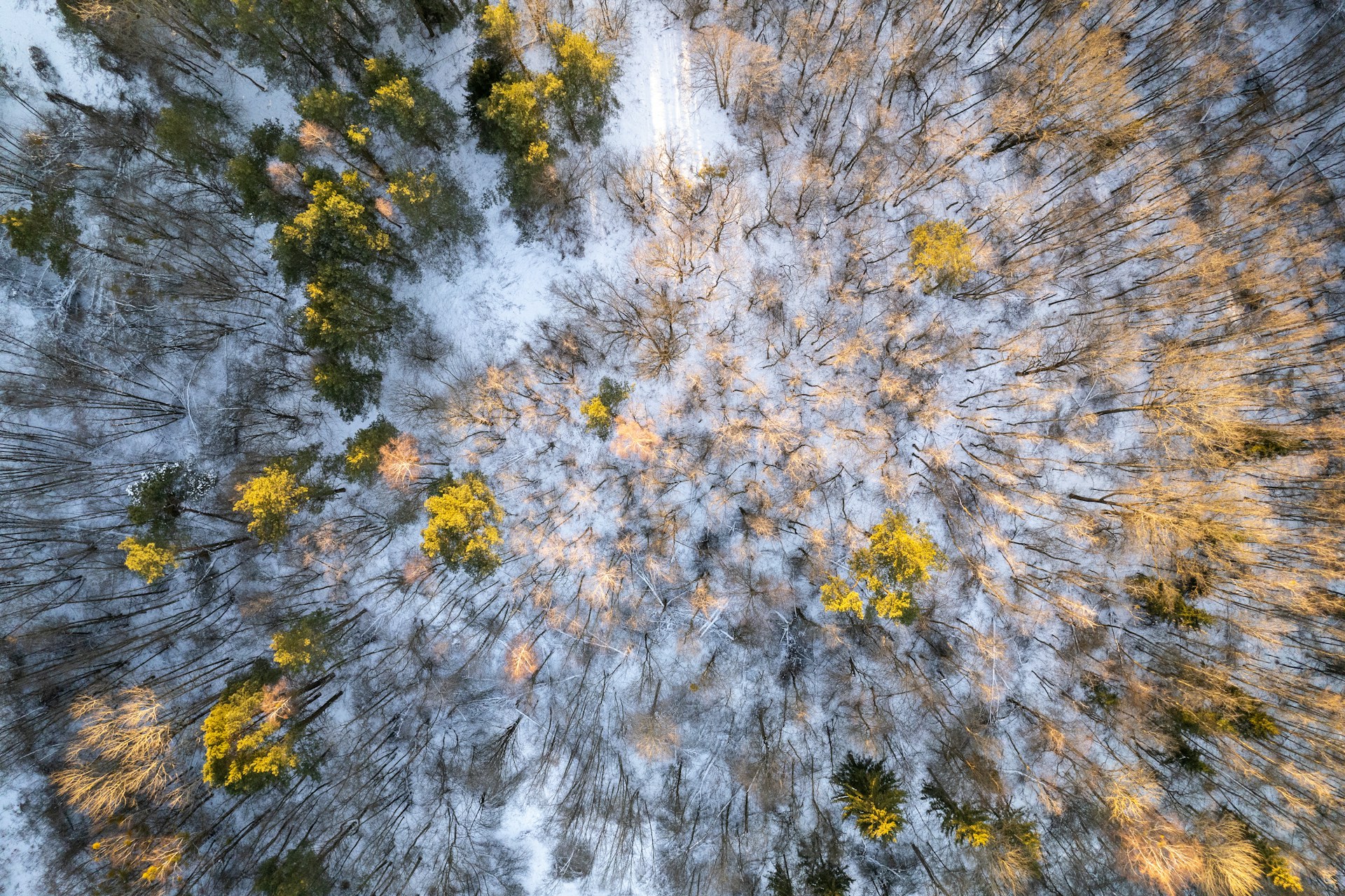Lithuania, located in the Baltic region, is known for its rich history and diverse landscape. Home to unique species due to its Baltic Sea-influenced climate, Lithuania also harbors dangerous animals. From ancient structures in cities like Vilnius to the captivating fauna, Lithuania offers a blend of historical charm and wildlife intrigue. When exploring, be aware of the presence of dangerous animals, adding an element of adventure to your visit.
Table of Contents
Why visit Lithuania?
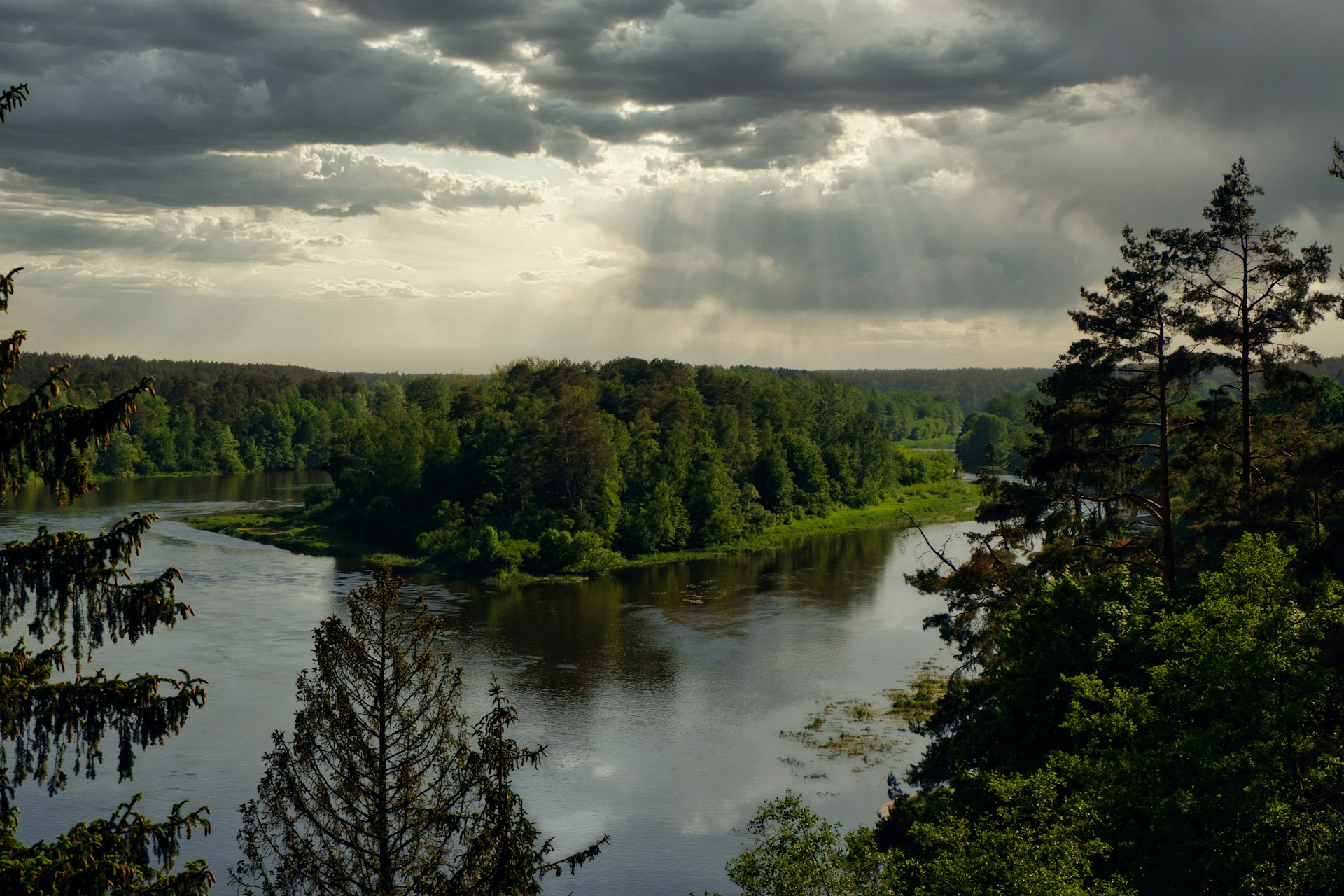
Lithuania stands out as one of the most pristine countries in Europe, boasting immaculate beaches along the Baltic Sea. The white sandy beaches provide a perfect setting for exploration.
The locals are known for their enthusiasm, engaging in captivating activities such as dancing, food tours, and historical explorations. Whether you’re a first-time visitor or returning, Lithuania offers a variety of enjoyable activities for your trip.
The country experiences a temperate climate, with both continental and maritime influences, creating diverse environments across the region.
Here are some more informative pieces on Lithuania:
- Christmas in Lithuania
- Spas in Lithuania
- Food in Lithuania
- Castles in Lithuania
- Lithuanian stereotypes
- Things to do in Lithuania
The friendly locals enhance the overall experience. However, it’s essential to be aware of dangerous animals that you might encounter during your visit to Lithuania. Here are the perilous animals to watch out for in Lithuania.
Eurasian Wolf

The Eurasian wolf stands out as one of the most dangerous animals in Lithuania, known for numerous attacks over the centuries. Found in dense forests, these wolves possess sharp teeth, stealth, and impeccable hunting skills. Encounters are more common during the dry season when food is scarce, and they become particularly aggressive when protecting their cubs. Varying in color from brown to grey, they pose a significant threat, especially to children or women, using their sharp teeth to tear apart muscles and tissues. Wolves are also carriers of rabies, making caution crucial during any encounter.
European Hedgehog
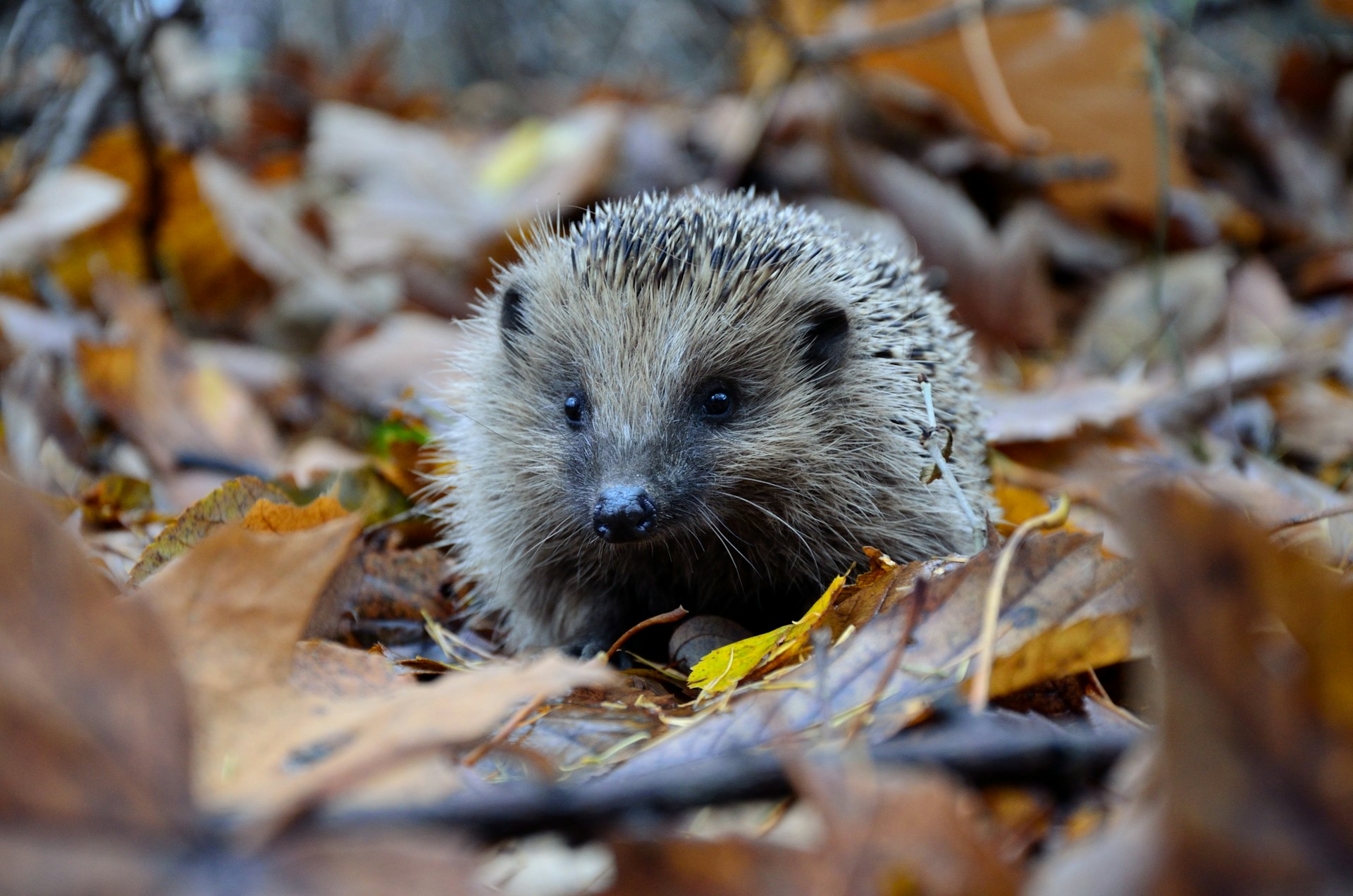
Encountering the European hedgehog is a possibility during your visit to Lithuania. Native to Western Europe, Scandinavia, and parts of Russia, these creatures are often found in forests and gardens. Defensive by nature, they release dangerous spikes when threatened, causing potential harm to organs and, in extreme cases, fatalities. Maintaining a safe distance is essential to avoid their defensive mechanisms.
Brown Bear
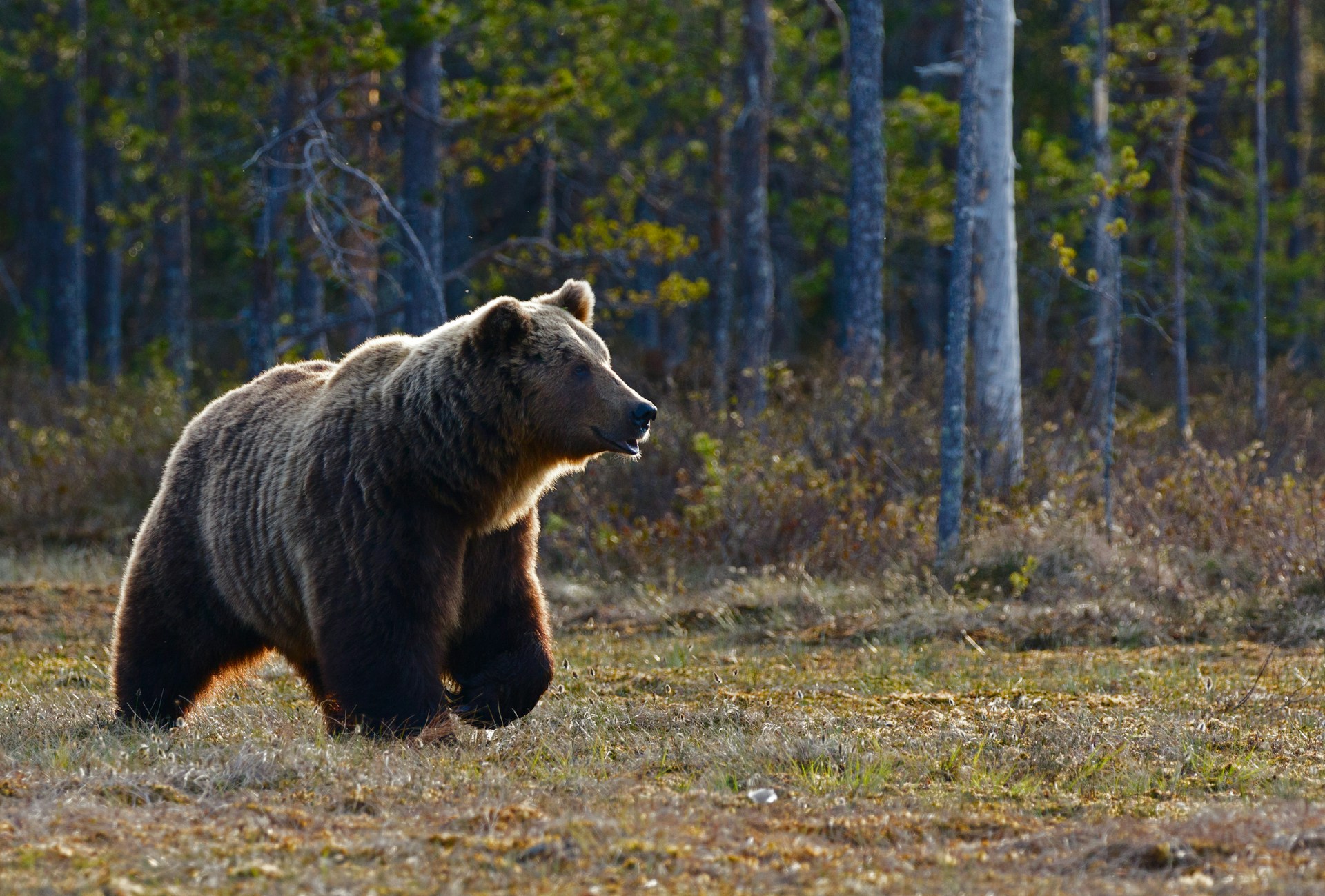
The iconic brown bear is one of the notable dangerous animals in Lithuania, with increasing numbers due to abundant food. Typically not aggressive unless provoked, brown bears weigh between 500 to 1000 pounds, showcasing powerful jaws and sharp claws. While human attacks are rare, it’s crucial to keep a safe distance, especially during the hunting season when their aggression peaks. Consuming fish, rabbits, and rodents, these wild animals are best observed from a distance to prevent any unforeseen aggression.
Wild Boar
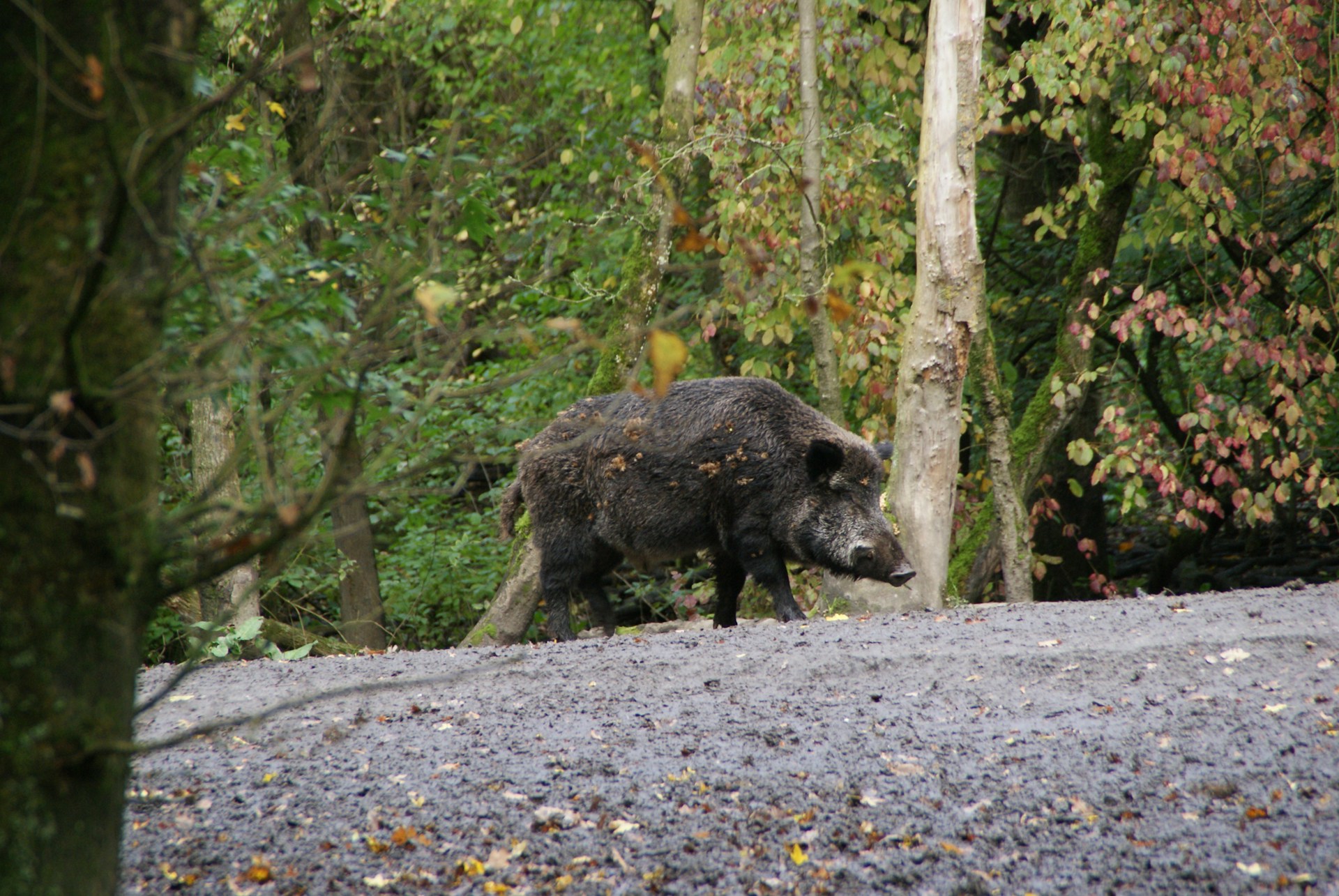
During your exploration of Lithuania, encountering wild boars is common. Resembling domesticated pigs but with tusks, these territorial and aggressive creatures vary in color from brown to black. With a running speed of up to 30 mph, they pose a significant threat during November to January when territorial disputes are common. Human poaching has made them increasingly dangerous, and maintaining a safe distance is advised.
Eurasian Otter
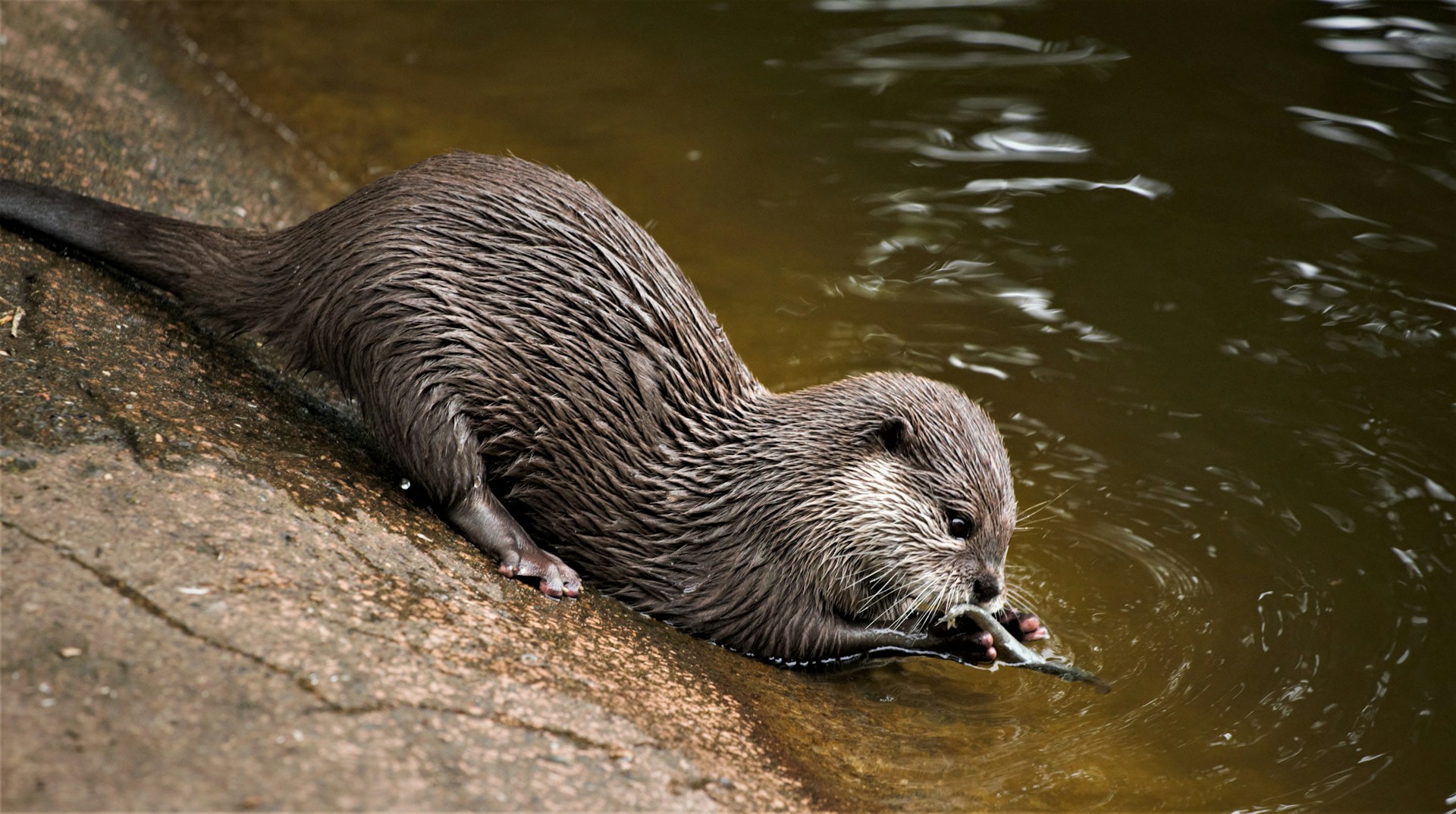
In Lithuania, the Eurasian otter is prevalent in wetland regions, particularly along rivers and lakes. Classified under the weasel family, these otters are generally not known to attack people. However, they may become aggressive when threatened or cornered. Caution is advised during encounters to avoid any potential defensive actions from these territorial creatures.
European Sea Sturgeon
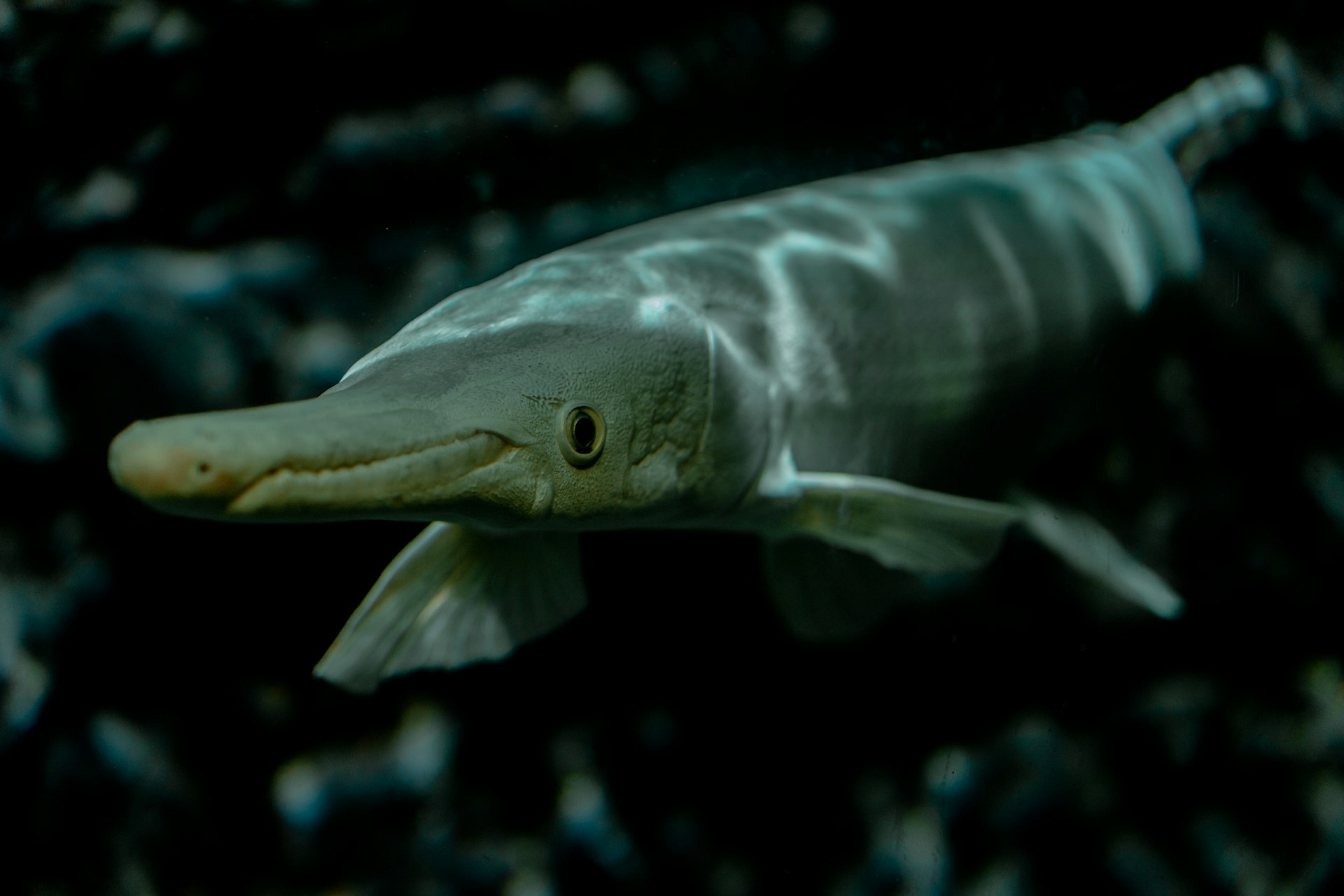
Encountering the European sea sturgeon during your trip to Lithuania is a possibility. Also known as the Atlantic sturgeon, or common sturgeon, these creatures have seen a reduction in numbers, making them more aggressive in their habitat. With sharp fins used for piercing, they thrive in the Baltic Sea, posing a threat, especially in the wild. Classified as critically endangered due to past hunting, it’s crucial to exercise caution during your travels.
European Bison
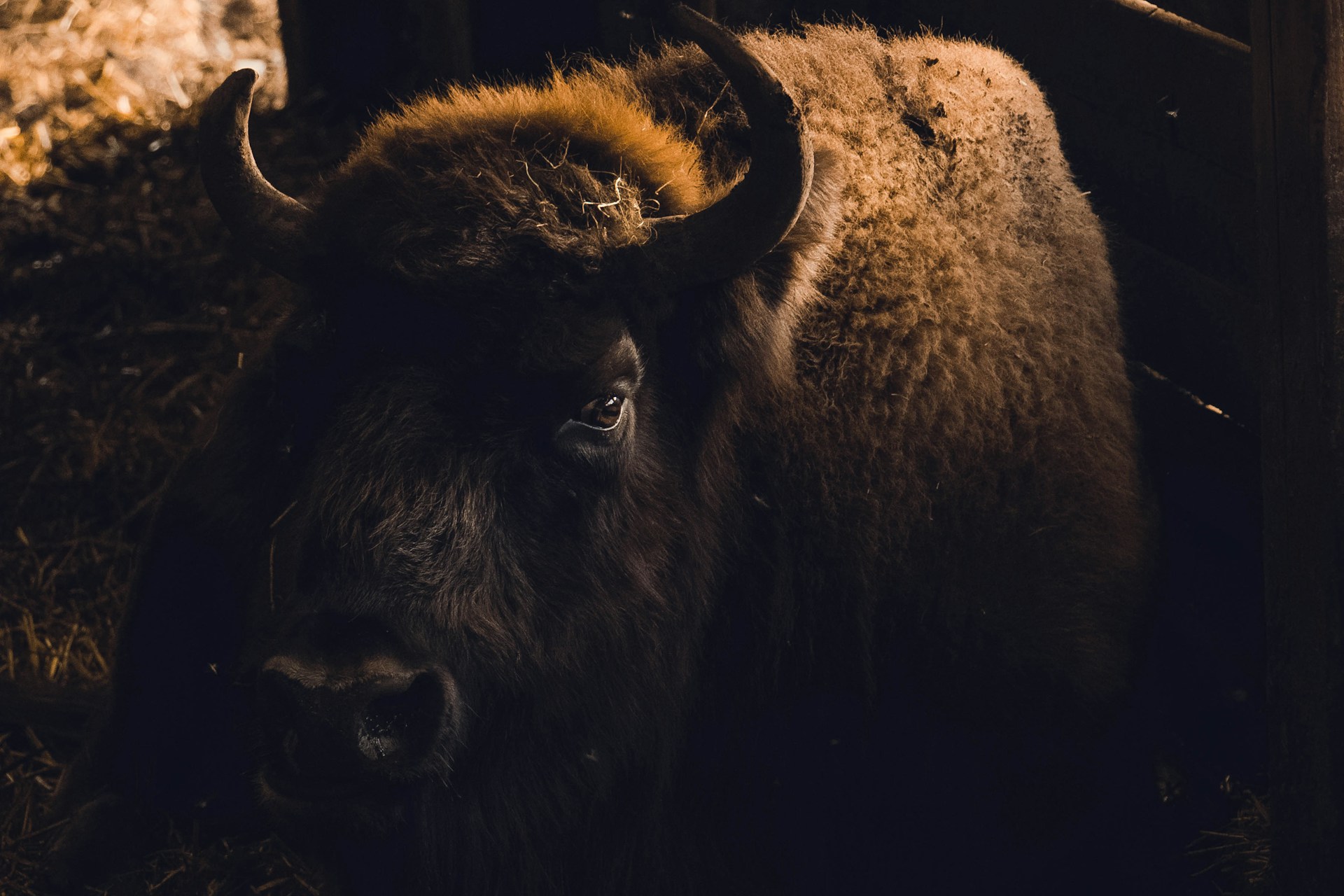
The European bison, also known as the European buffalo, is another species you may encounter in Lithuania. Found in deep forests, human-animal conflicts have diminished their numbers. At six feet tall and weighing up to 3000 pounds, these creatures are dangerous with sharp horns, capable of running at speeds up to 30 mph. Territorial and with a keen sense of smell, maintaining a safe distance is advised to avoid disturbing them in their habitat.
Mountain Hare
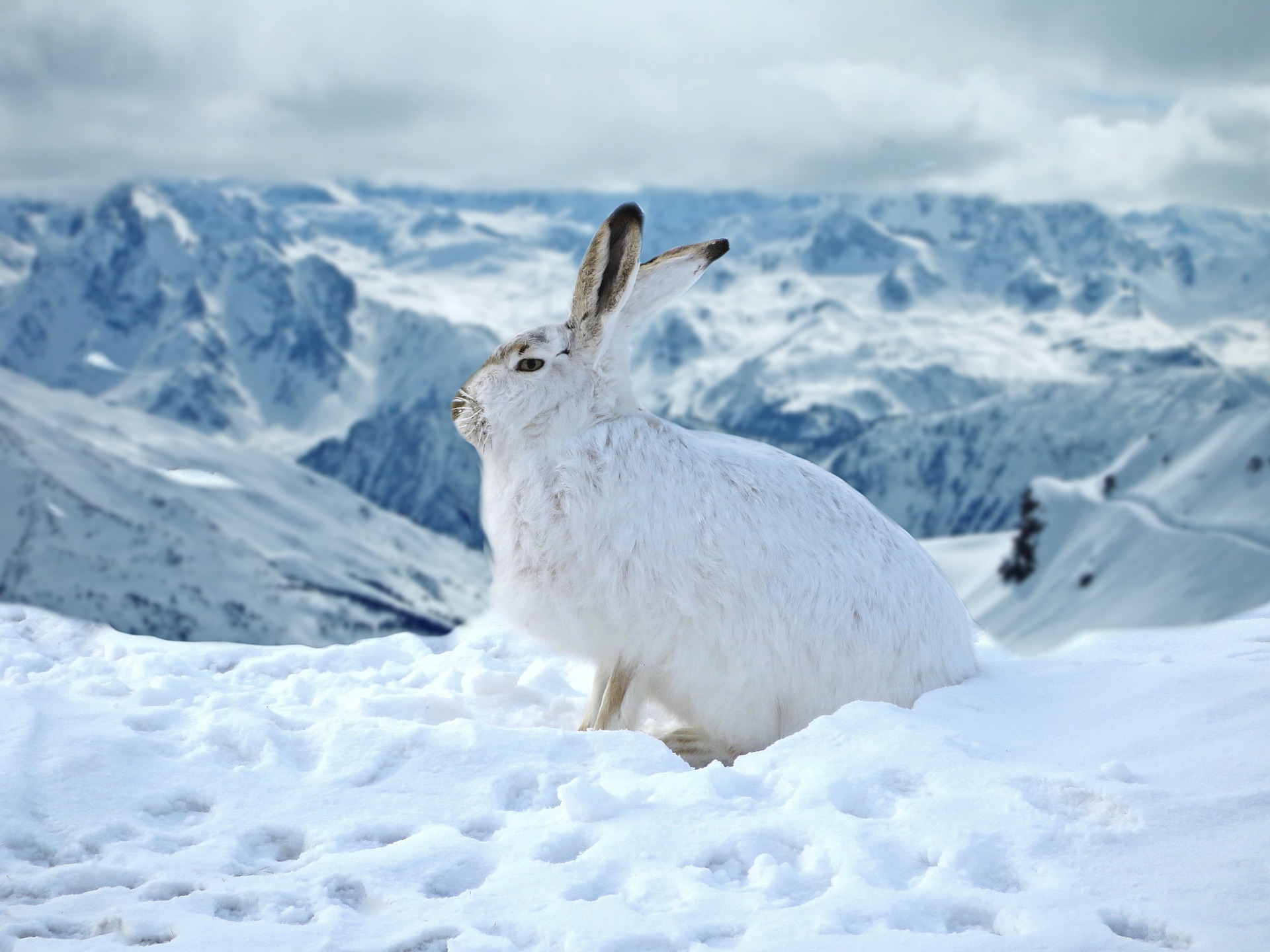
While not inherently dangerous, the mountain hare is associated with other potentially hazardous species like grizzly bears or polar bears. Found in dense forests and grasslands in Lithuania, their color varies by region. Feeding on twigs, grass, and vegetation, they contribute to the ecosystem without posing a direct threat.
Polar Bear
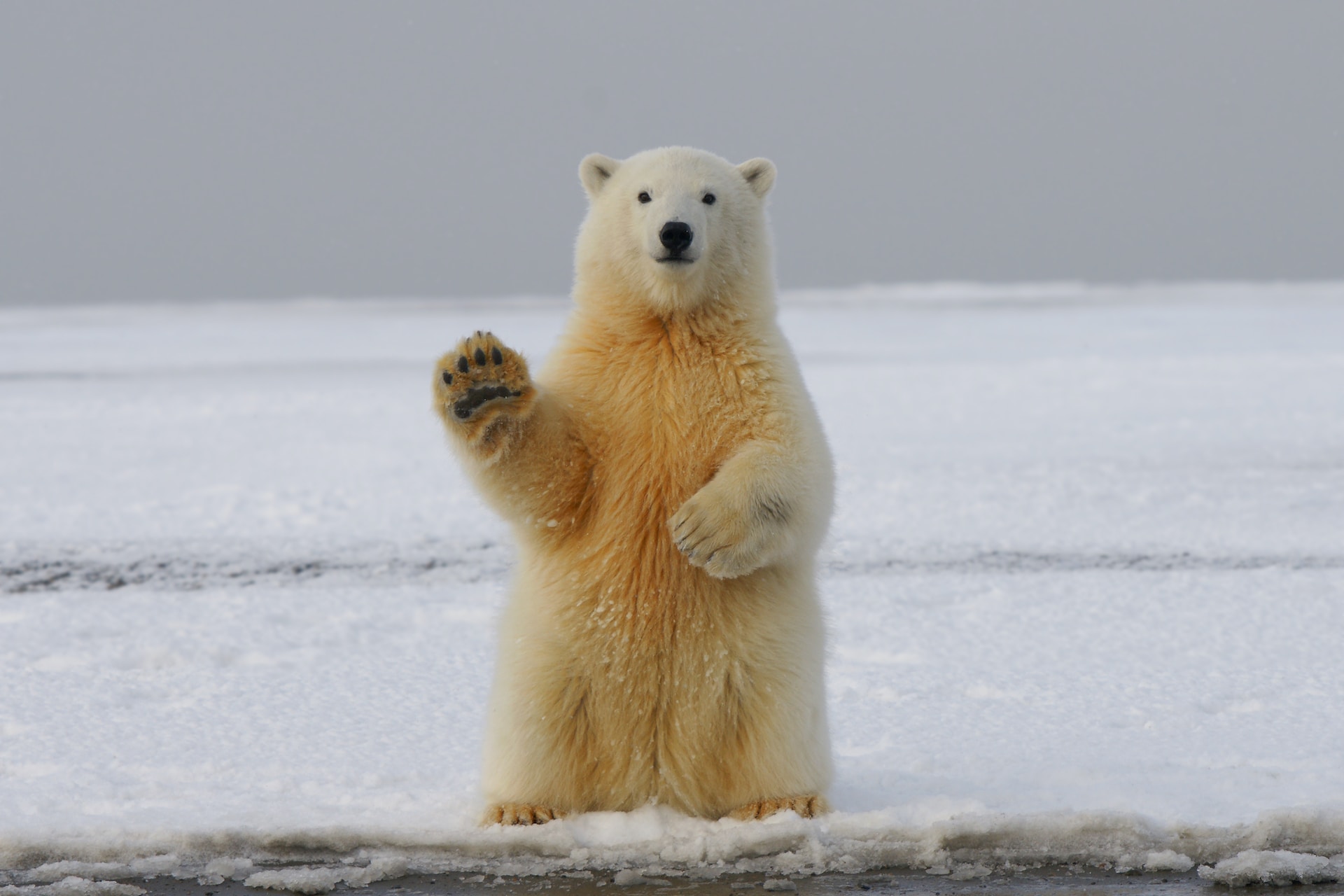
Encountering polar bears during a Lithuania trip is notable. Known for their aggression, these bears usually don’t attack unless provoked or if their habitat is interfered with. Excellent swimmers, they may be found in wetlands, and when provoked, their claws and teeth can cause significant harm. Weighing about 500 pounds, maintaining a safe distance is vital when exploring areas where polar bears may roam.
Eurasian Lynx
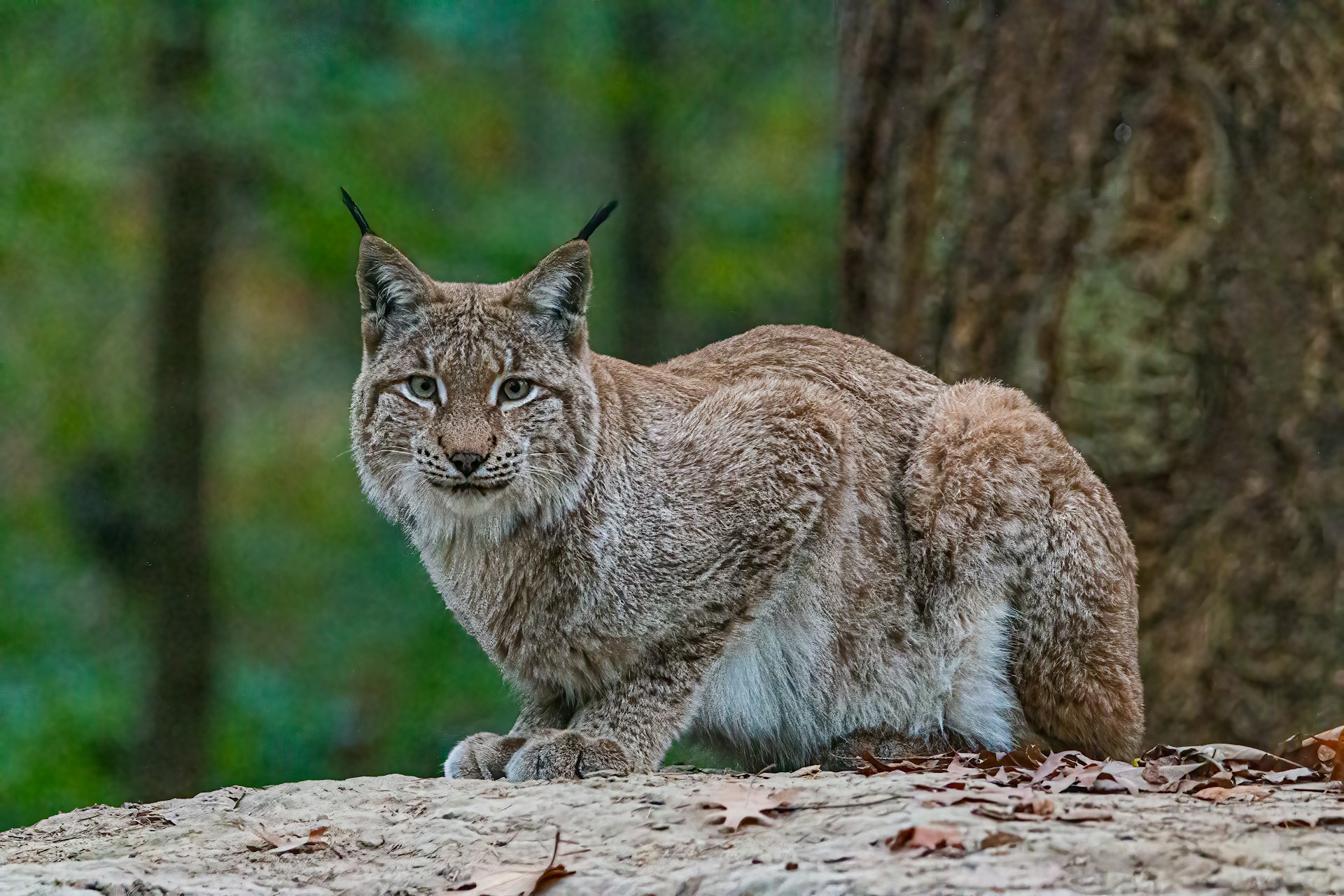
The Eurasian lynx, a medium-sized species, is distributed across various European regions, including Lithuania. Resembling domestic cats but larger, they weigh up to 30 pounds and have sharp claws and teeth. While human attacks are rare, they may occur when the lynx feels threatened or cornered. Keeping a safe distance during your trip is advised to prevent them from perceiving you as a threat.
Gray Wolf
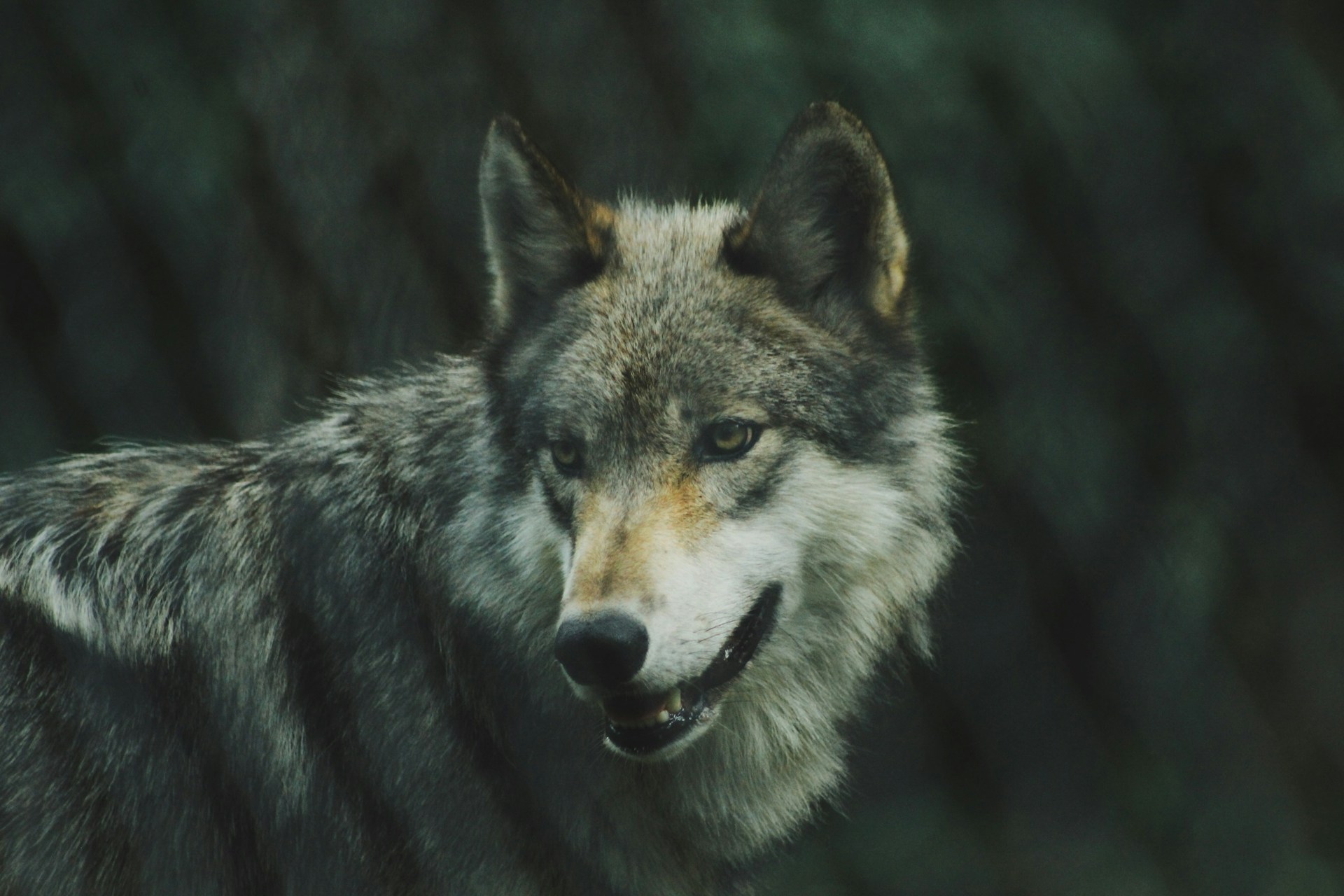
Encountering the gray wolf during your trip to Lithuania is an opportunity to witness one of the legendary creatures in the region. As the largest canine species, these wolves are characterized by long tails and short noses. With over 300,000 wolves in the wild across Europe, human attacks are rare, but caution is necessary as they are territorial and may become aggressive when feeling threatened. Maintaining a safe distance during your travels is advisable.
Great White Shark
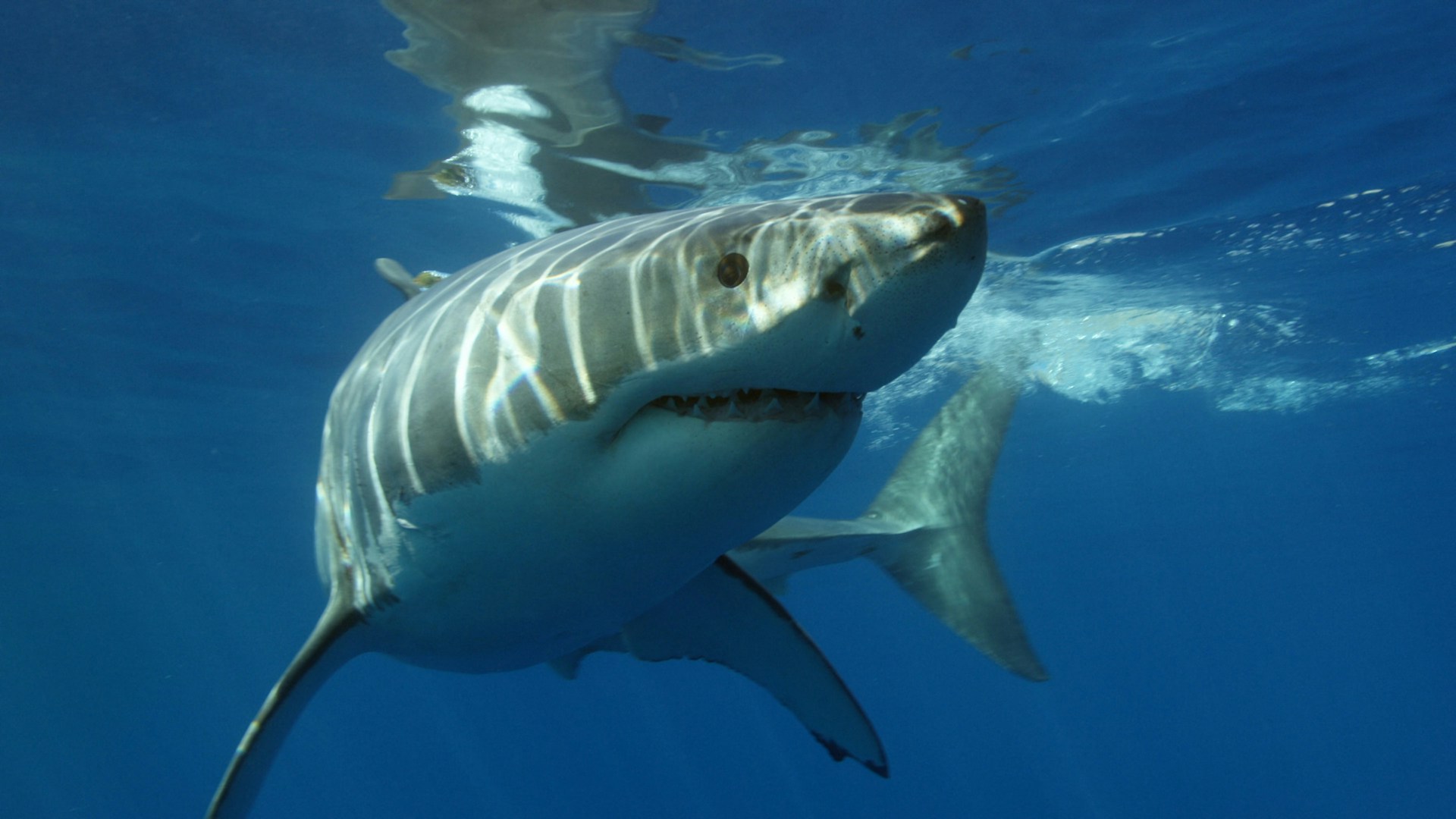
Contrary to the belief that great white sharks are exclusive to the Pacific or Atlantic Oceans, the Baltic Sea offers an environment where these creatures thrive. With over 13 species of sharks in the Baltic Sea, it’s crucial to prioritize safety during your travels to this region. Despite rare reported cases, great white sharks can be dangerous, using their sharp teeth to pierce through muscles and bones, potentially causing severe injuries or even fatalities. Always prioritize safety to minimize any potential risks.

